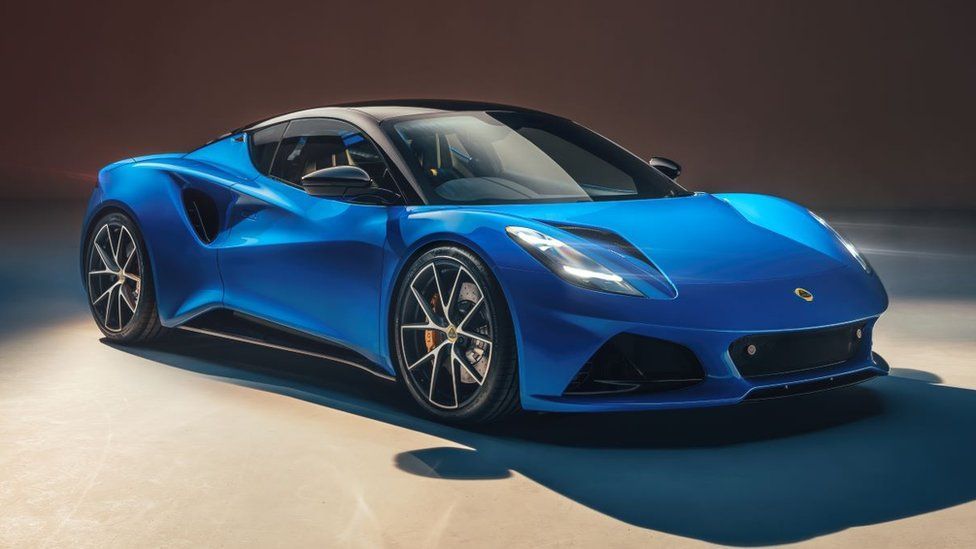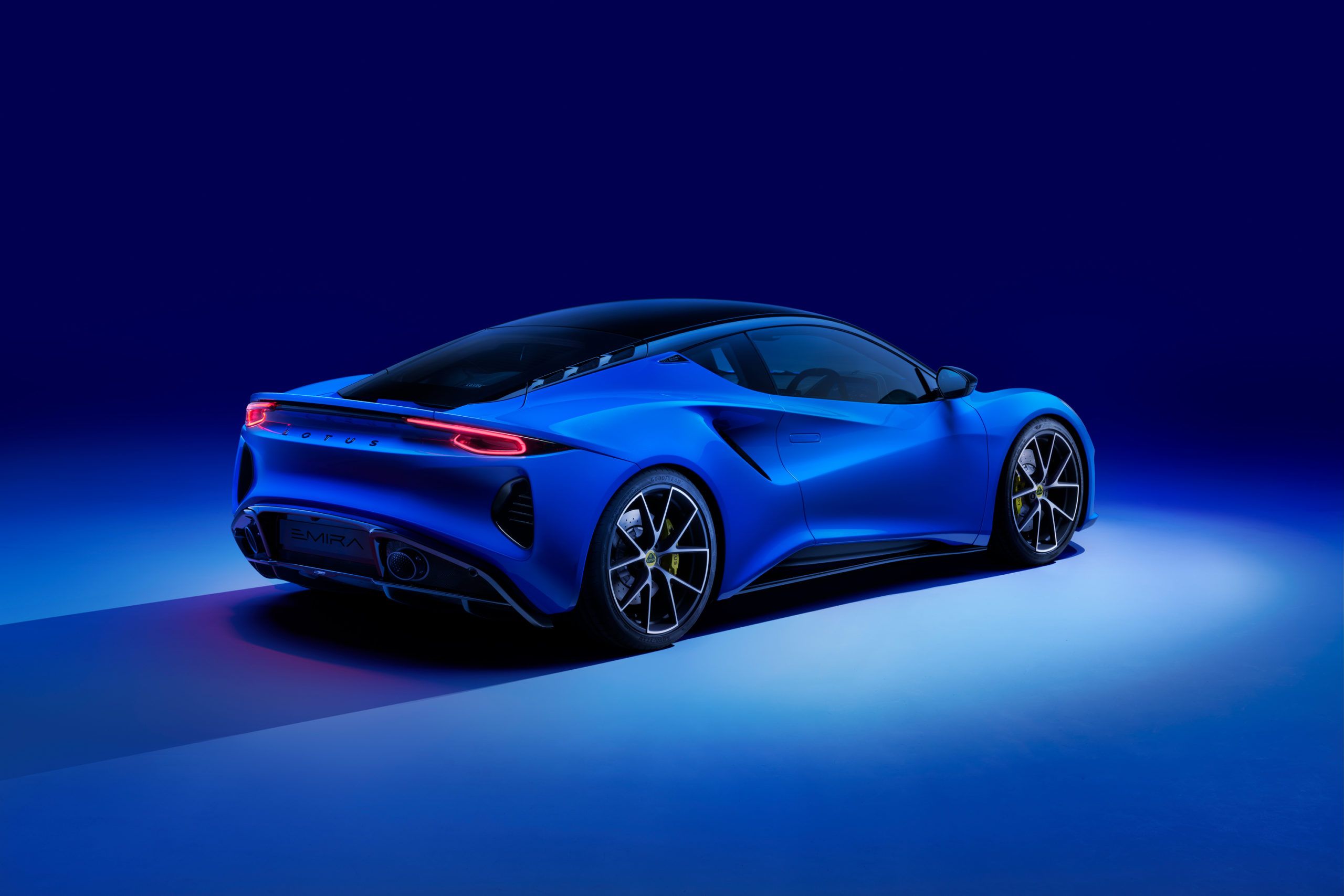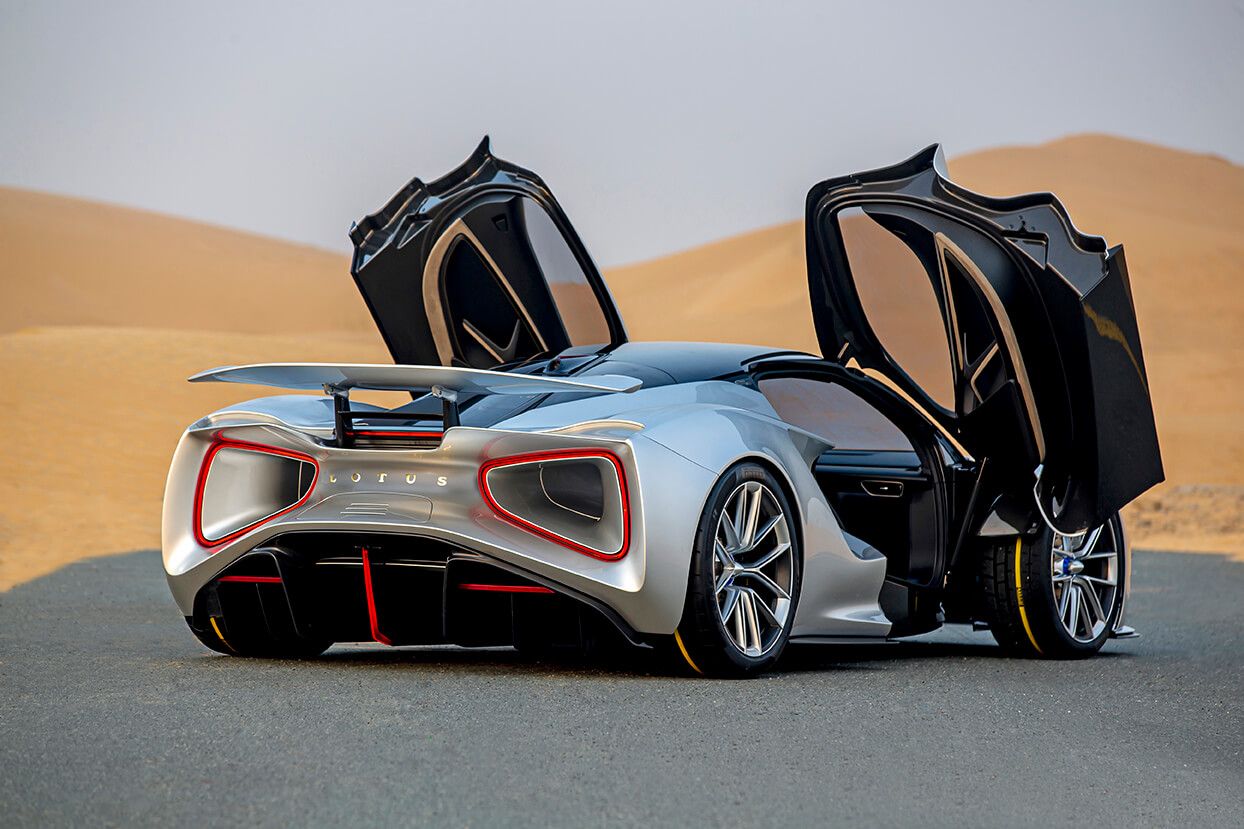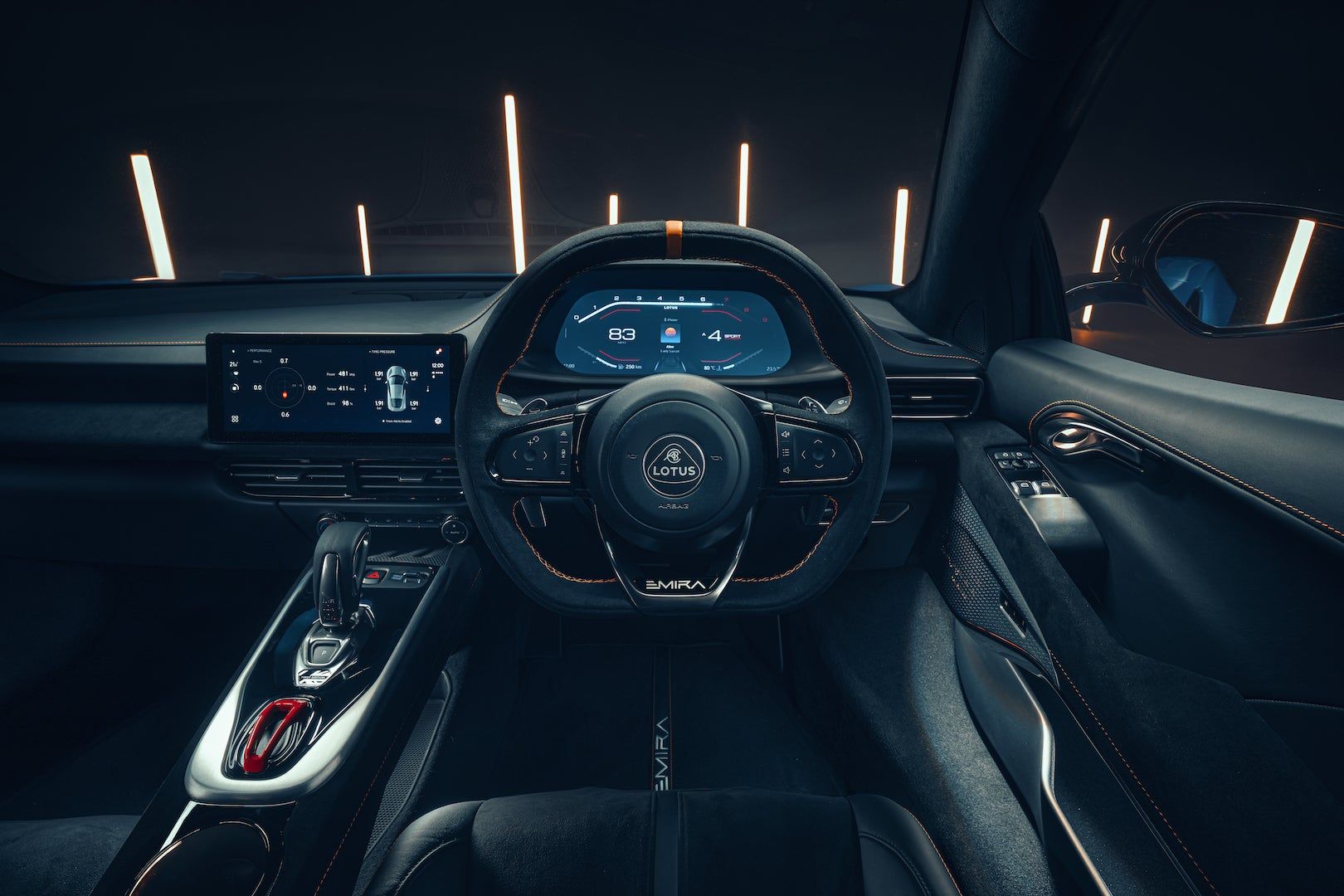The Emira has finally been unveiled in the metal at the Goodwood Festival of Speed in England, potentially the most important car since the Elise.
This is because as we welcome the newest addition to its range, we are saying goodbye, not just to some good old friends – the Elise, Exige, and Evora – but to any Lotus car with an engine. Before we investigate the reasons behind this claim, let us check out what has rolled into the showroom.
Based on extruded aluminum, part of its new Sports Car Technology, the car will be available with either a 2-liter Mercedes-AMG or 3.5-liter V6 engine – neither of which will be hybrid-assisted or electrified. The gearbox will be manual or automatic.
Being The Last Of Its Kind Makes It A Classic Already
With a power range of between 360 and 400hp, the assumption here is that the 2-liter Mercedes engine will provide at least 360hp and the bigger 3.5 V6 will supply the full 400hp, although we will know more when it lands. According to Lotus, the car will be capable of ‘best in class handling’ while also providing a more comfortable ride, if some drivers will occasionally want to drive around town or from place to place sedately while listening to a podcast or ordering coffee at the drive-thru. Jokes aside, this is an important point as Lotus’ of old, the light-weight Elise and Exige for example, were not focused on comfort and were not the last word in practicality. Unless you were a single person with no pets, did not go on long-distance trips, and never did your own shopping. The Evora improved on this, and you could say that judging from what we can see from the Emira, this new car will follow more in the footsteps of the former than of the little Elise or Exige.
That is a good thing because if they have got the handling and performance down, the extra space, comfort, and amenities will be a welcome addition and enable the car to fully straddle the gap left by its three predecessors and their distinct ethos’s.
Evija, The Goddess Of Lightning
The Evija, the electric hypercar with which the Emira shares more than a few design cues but not much else, will be the flagship for Lotus. It makes sense - and Lotus knows this - that as we move into the thick of things with electric cars, as governments and organizations put forward end-dates for sales of new fossil fueled-vehicles, as the public increasingly opts for electric cars and the speed and economy they offer; that to develop and sell a hypercar that is not on the cutting edge of engine technology would be unwise. It is a new model, at a new higher level, expected to carve out its niche in the world and last – long enough to be worth the cost and bring in those profits.
A petrol hypercar is still lucrative, obviously – look at Lamborghini, Ferrari, and McLaren, but all those are going electric to varying degrees and that will not be reversing any time soon. It looks like Lotus has some integrity and loyalty to its principles. Why? Because you could argue that it does not want to mess with the ethos, values, and qualities that have become synonymous with its machines. So, it would rather make one more ‘proper’ Lotus with no hybrid assistance or different properties, one it can sell in the interim, with the Evija taking over the electric role until the Emira will have to go electric or roll over and let a new battery-powered successor through.
What The Future Holds
Lamborghini has announced a 2024 date for the last fully-petrol-powered car, which means we’ll still have hybrids but don’t be surprised by possible engine-downsizing to go with the electric motors. There will be a fully electric model by 2030. McLaren has also floated a similar idea to end petrol engine use for the end of this decade, although the new Artura is a proper production hybrid supercar, which follows the also-hybrid powered P1, like the Honda NSX.
Mass-producing automakers have made similar pledges with Volvo also planning to ditch fossil fuels by 2030.
It is not just car manufacturers either, a consortium of giant businesses such as Uber and Ikea among many others are pushing the European Union to put a ban on new fossil-fueled cars by 2035, even Coca-Cola has signed the letter put forward to the EU.
In any case, taking for granted the importance of the future climate and the unstoppable train we are on, it’s interesting that Lotus saw fit not to meddle with its new sports car and leave us with one last chance to experience a cutting-edge machine and enjoy the internal combustion engine in all its exhaust-emitting glory.




